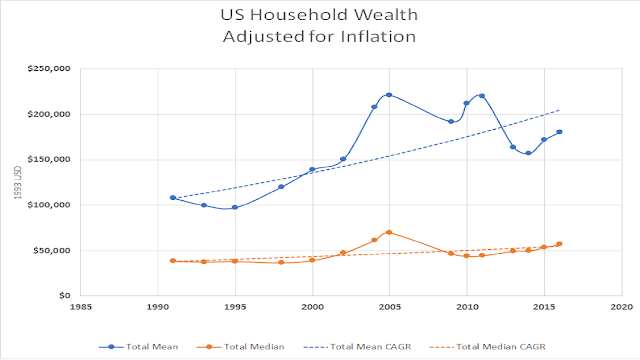United We Stand
For united we stand. Divided we fall
And if our backs should ever be against the wall
We'll be together, Together, you and I
Man is a social animal. What does this mean for understanding our behavior?
Man is a social animal. When Darwin wrote “On the Origin of Species” it
gave rise to the “Survival of the Fittest” as a phase, but Darwin was applying it to
species in the plural, even if it has been often applied to the behavior of
individuals. How humans approach winning
is only one dimension of understanding behavior. In many disciplines two dimensions are used to
understand behavior: time and distance; exclusive and rival; likelihood and
consequence, etc. I would propose that two
dimensions are useful in classifying human behavior. The first dimension is how they define winning,
optimization; and the second dimension is how they approach others, inclusion.
Games Theory proposes two basic approaches to
winning: User Optimization and System Optimization. I would propose that when applied to human behavior
this is not a binary either/or choice but instead is a continuum, spectrum.
Humans are wary of others. That definition of others can also be inclusive or exclusive,
but also as a continuum, not as an either/or choice.
Optimization can be a spectrum depending on the
degree of shadow prices (e.g. customs, rules, regulations, laws) that are
willing to be accepted. Libertarians could
be classified as favoring extreme user optimal solutions, while socialists would favor
extreme system optimal solutions. Shadow
prices must be imposed and collected by society, i.e. government. People who believe in small government, like Republicans
tend to favor system optimal solutions, but limited government. Democrats also
favor system optimal solutions favor, but they favor larger government.
While Socialists favor System Optimal solutions,
there is a difference between Marxists and Nazis ( whose very name is a
shortening of the German for National Socialism). That dimension is the view of others included in those system solutions. Marxists favor a
very broad inclusive view, while Nazis and other nationalists favor a narrower
definition of those included in the system being optimized. This inclusion can
be on a continuum from individuals, families, ethnicity, language, religions,
race, etc.
A distinction is made between “Do As I Say” versus
“Do As I Do”. Humans may adopt
a public System Optimal solution in theory for others, but a private User
Optimal solution for themselves. E.g.
Nazis in public as opposed to Nazi officials in practice. However, nature has stood firmly on the side
of System Optimal solutions, Species, rather than User Optimal solutions, individual
organisms.
While it is convenient to define human behavior
in two dimensions, it is not extreme behavior in these dimensions Humans are a balance of both social and xenophobic. Moderation in these opposing tendencies may
be the preferred behavior.








